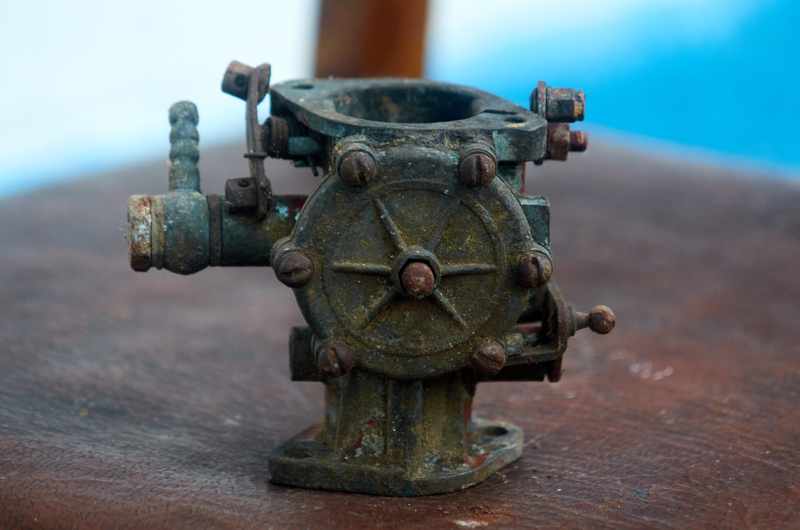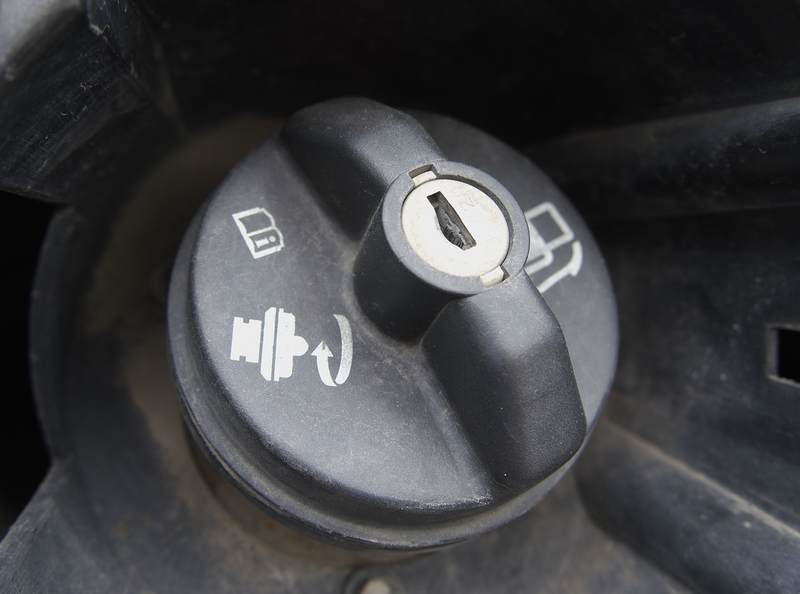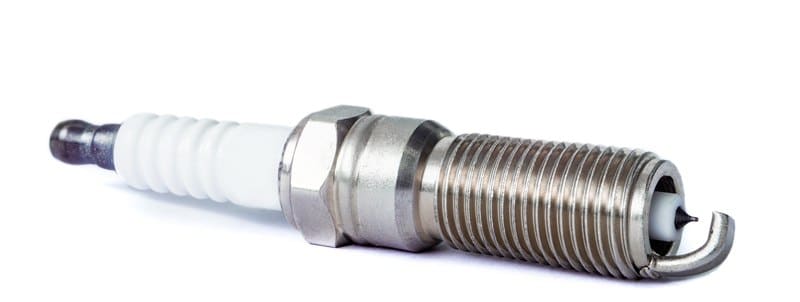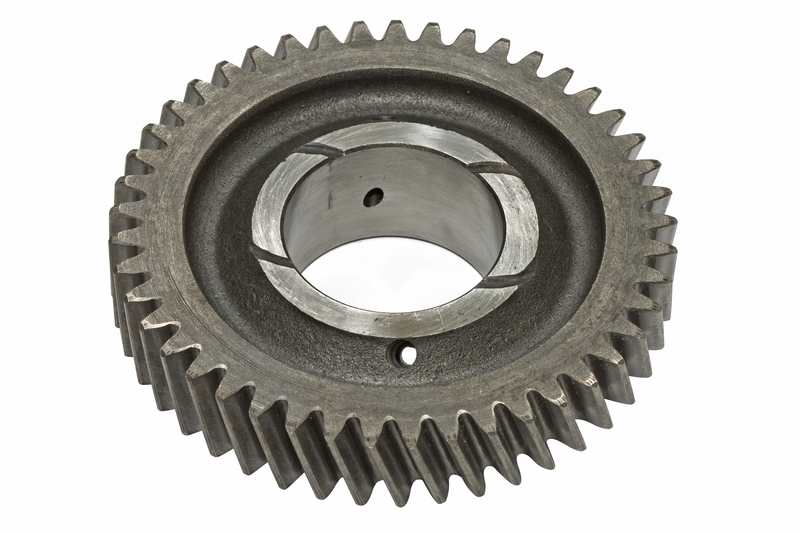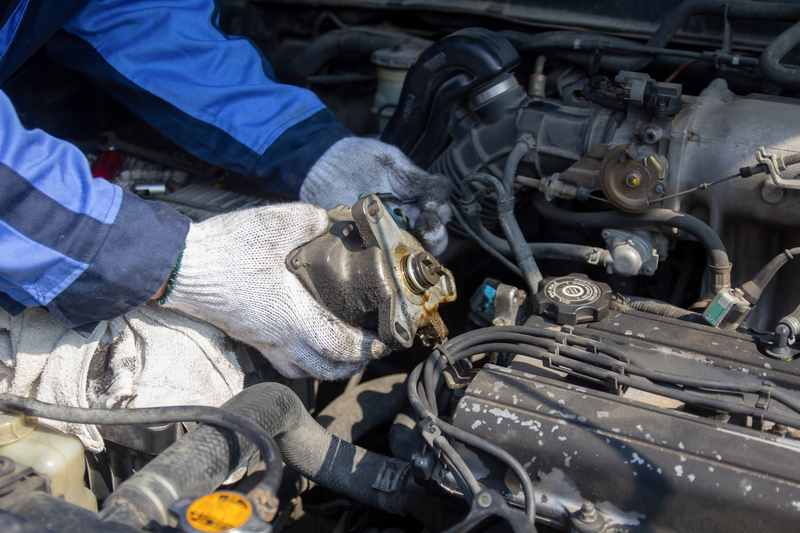
The use of a tiller in breaking up hard and compact soil into the loose dirt has been immense ever since its launch as a piece of farming equipment.
As it has a number of features to flaunt, there are a number of companies that are busy manufacturing this product. However, Mantis is a renowned option that most farmers choose.
The sad news is that along with the rising popularity of Mantis Tiller, the number of complaints about this product has also been rising. Most of the users are frustrated about the not running problem of the Mantis Tiller.
This article concerns the major reasons behind the running problem of this tiller and suggests easy solutions to these problems.
Mantis Tiller Will Not Stay Running
The carburettor is considered the most important part of the tiller. However, it sometimes accumulates dust which prevents the tiller from running. The carburettor can also get clogged because the engine might carry the old fuel for long periods of time.
As time passes, the evaporation of some ingredients in the fuel occurs, and what’s left is a thicker substance. The latter clogs up the carburettor, and the engine fails to run.
In other situations, if the gasoline has been in the tank for more than a month, it loses its burning capability, causes the corrosion of the valves and gets the
Use a carburettor cleaner to clean the carburettor. If the cleaning doesn’t prove to be effective, find a replacement for the carburettor.
- Fuel Cap
With the consumption of fuel in the engine, its level decreases in the fuel tank. The fuel cap has a way to make up for this. It allows the entry of the air into the tank through a little vent. When the fuel cap is clogged, there would be no air entering the tank, and thus it will give rise to a ‘vapour lock.
The vapour lock is a crucial factor that stops fuel flow to the carburettor and plays its role in preventing the engine’s running. You have to run a test to see whether there is any clogging in the fuel cap or not.
Lose the cap slightly and start the engine. If doing so causes the engine to stay running, the fuel cap is clogged, and you have to replace it.
- No Spark
The smooth running of the tiller is ensured by a fine working spark plug. However, the electrodes of the spark plug accumulate certain depositions whenever low-quality oil is used. It prevents the spark plug from igniting the spark. Inspect the spark plug and make sure it is in good condition.
Clean the electrode with light sandpaper. Check for the gap. Look at the settings. They must be in factory settings. If you are unable to make the assessment, check the instruction manual.
Now for testing the spark, you take the plug and hold it against the cylinder. As you pull the recoil, you will see a strong blue spark. If there is no spark, it means you need to get the spark plug replaced.
There is a possibility that even if the spark plug is in good condition, there can be no production of spark. In that case, you have to check the plug wire and inspect its condition. It can be broken.
- Changing The Spark Plug
The tiller gets power as long as the engine receives the ignition source from the spark plugs. Whenever spark plugs go bad, they cause many problems, including the quick death of the engine.
As a result, the tiller does not stay running. Therefore, it is important to keep a check on the spark plugs of your tiller so that you can keep the machine running throughout the season.
When there is a need to change the spark plug, make sure you follow certain safety instructions. The engine must be off while you replace the spark plugs.
Do not start the process unless the engine is cool enough to touch. Cut the connection of the spark plug wire to keep the engine from accidentally starting.
The first step is to locate the spark plug on the engine. There is one spark plug on single-cylinder engines, whereas two-cylinder engines have two spark plugs. Make the spark plug lose by using the socket. As you grab the spark plug, turn it a couple of times.
Now is the time for the installation of the new spark plug. Make sure that the replacement part must be manufacturer-approved. Get one end of the spark plug and stick it into the proper hole on the tiller. Tighten it more by turning it to the right.
Contact the tiller experts if you have any problem while replacing the spark plug. They can get the job done in no time.
- Change The Muffler
In most situations, users get frustrated on the not staying running problem of the tiller without knowing the real cause. A fine example of this issue is a dirty muffler.
Not only does a clean muffler keep the engine running, but it also improves fuel economy. There are many symptoms of a dirty muffler, including leaking exhaust fumes and a loud engine.
Before you start changing the muffler, there are a few considerations to make. The first thing is to get the engine cool because it stays hot after it has been used. Now remove the hood and be mindful of the sharp edges and cuts. Many people get injured while dealing with the old muffler.
You must have the necessary tools like pliers with you. As soon as you get the handle on the muffler, give it a shake. If you see dirt spilling out, it is an obvious sign that the muffler needs to be replaced.
You can also check for the debris by tapping the muffler with a wallet. An old muffler will collapse after a few gentle taps.
An important thing to mention here is that you must follow precautionary measures that not only keep your muffler protected but also save you from personal injury.
Check the area above the muffler and make sure it is clean. In case you find grass or debris under the hood, it is likely that the tiller is at risk of catching fire. You must keep a regular check on the tiller to look for the rust and development of holes.
The location of the muffler under the hood can make you neglect its maintenance. Therefore, you should keep a check on it to keep your tiller running.
- Clean The Fuel Filter
An engine cannot run unless the fuel pump draws the fuel from the tank through the injectors and lines of the system. At last, the fuel reaches the combustion system for ignition.
The entire journey is properly timed and metered. It cannot be completed without tight tolerance, friction, pressure and high heat.
The role of a fuel filter is very important as it gets rid of impurities like dirt and debris while you are fueling up.
Even the entry of small contaminants can cause potential damage to the components of the system and affect the performance of the tiller. There are a number of ways by which you can detect the clogging in the fuel filter.
The first symptom is the tiller taking a difficult start. Even if it manages to start, it cannot keep up the running. It comes with the obvious loss of performance of the tiller. Most of the users are confused about whether the fuel filter needs cleaning or should just be removed.
If you have paper element filters, you should just change them instead of reusing them. Besides, the use of the wrong fluid can cause further damage to them.
On the other hand, there are filters with proper cleaning procedures because of metal elements. However, most of the fuel filters need to be replaced when they have been used for a long time.
- Flywheel Keys
The flywheel key is a tiny metal component that interacts with the flywheel as it goes into the engine. The abrupt cease of the tiller is mainly caused by the broken flywheel keys. Whenever the motor needs to be saved, the flywheel key splits into two.
Take the flywheel from the motor and look for the scratches. If you see the sign of scratches, the key is cracked. The damaged flywheel key needs to be replaced.
- Assess The Wiring And Ignition System
If none of the above-mentioned troubleshooting tips is helping you keep the tiller running, you need to check for the blocked-up pipes and a filthy ignition system.
The power wire can get problematic so keep an eye on the dirty fuel strainers. It depends on their condition, whether they need to be repaired or replaced.
The power plug is linked with an igniting cable. There is a high chance of this cable going bad. Make sure it is not detached or faulty. You can check the power plug by using an ignition system tester. If the ignition cable is loose, tighten it. If it is broken, replace it with a new one.

